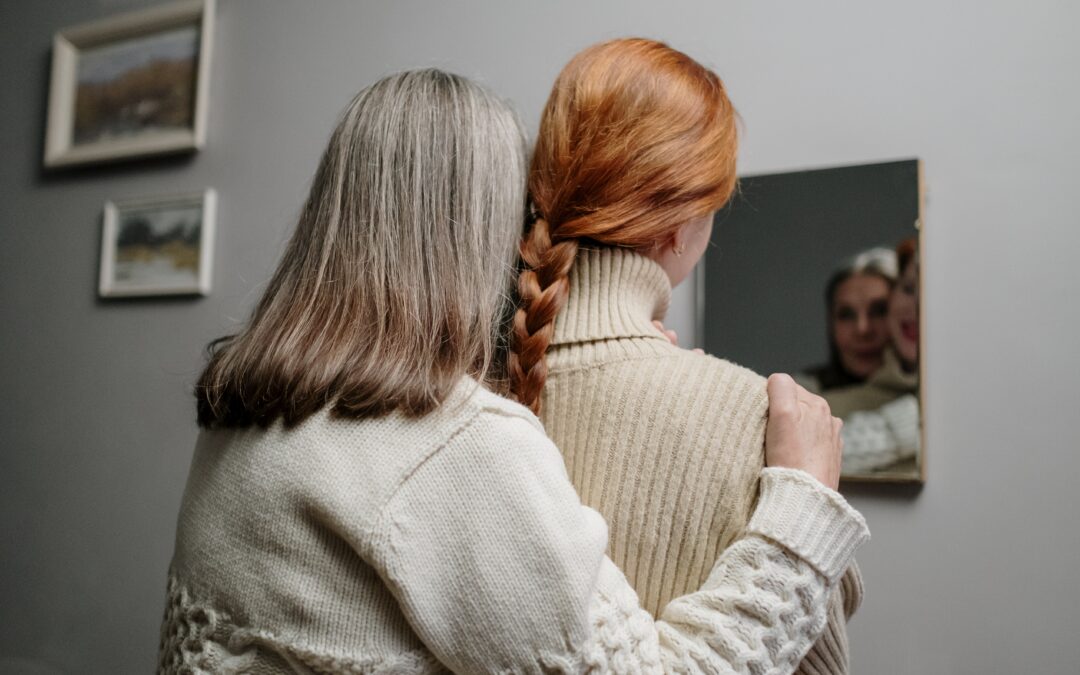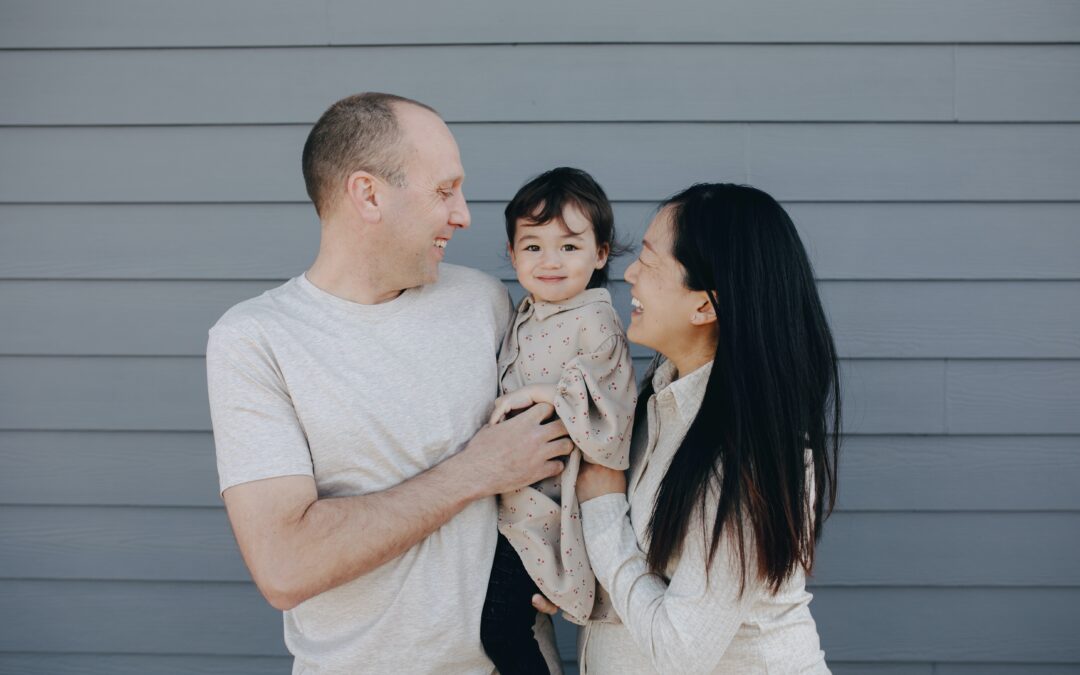A New York Times story recently highlighted a “platonic marriage” between Jay Guercio and Krystle Purificato in East Islip, NY, which Guercio described as “stable, long-lasting,” and having “no conditions.” They are among a number of couples – friends – who desire the legal and social recognition that a certificate of marriage confers. We know that marriage, properly understood, is the comprehensive union of a man and a woman for life for the purpose of raising children and that friendship in marriage is undoubtedly crucial to its success. So why can’t spouses be just friends?
Platonic Marriage Has Various Meanings
The definition of a platonic marriage depends on whom you ask. Some friends seek a formalized relationship for mutual stability or familial status while dating other people in a non-sexual yet more-than-roommates take on the “open relationship.” Others don’t have sexual feelings for each other, yet desire to be married. According to Kimberly Perlin, a psychoptherapist quoted in the Times, many with such arrangements begin with the desire to keep “family life separate from their romantic lives,” as they “may…feel that longstanding friendships with a history of resolving conflict” more stable than romantic relationships. Each example cited by the Times testifies to a vision of marriage as the fulfillment of practical and “emotional needs” in a world where “meeting people is hard, getting a bond and romantic feelings is hard, and more and more young people are starting to realize there are other benefits to marriage other than romantic love.” After all, as one interviewee straightforwardly put it, “investing in” one’s best friend offers comparable “interpersonal connection and intimacy” to marriage and a husband.
A Reaction to the “Soulmate Model” of Marriage
The author, Danielle Braff, raises an important point about the genesis of platonic marriages: they challenge the “all-consuming” view of marriage as social, psychological, and economic fulfillment – what Brad Wilcox has called the soulmate model of marriage. Wilcox predicts that “massive economic insecurity, record unemployment, the threat of recurring disease, and dramatic increases in home production” will transform the “meaning and practice of marriage” for an entire generation. Unmarried men and women will evaluate potential partners’ personal virtues and ability to contribute to a household financially and otherwise, rather than their ability to “emote.” Braff similarly contends that marriage, an “historically ‘economic proposition,'” is being rediscovered by young people today in new, more fluid forms. Though both Wilcox and Braff anticipate the eclipse of romance by pragmatism, they illustrate how two divergent views of marriage will emerge from this current cultural and economic situation.
The Traditional and Non-traditional Views of Marriage
Wilcox believes that in general, more married men and women will be “less focused on their own emotional fulfillment and more focused on meeting the basic financial, social, and educational needs of their children, themselves, and their parents. Divorce rates will fall and marital commitment will rise, as a family-first model of marriage comes to the fore in American family life.” A family-first model of marriage in principle, however, could vary in practice, according to whether one adheres to the traditional definition of marriage. The traditional view of marriage is that children need the love of both father and mother, and thus it is incumbent upon spouses to enter into a comprehensive union of life. Far from a mere “economic proposition,” marriage has been viewed historically as the very precondition for family and society. Without them, we are unknown and isolated agents, fending for ourselves in conditions of expedience and estrangement. The non-traditional view of marriage posits that adult “fulfillment” is paramount, whether constituted by intimacy or economic concerns, with the concerns of the child largely unaccounted for.
The Meaning of Marriage
What Jess Carbino, a “relationship expert” and former sociologist for the Tinder and Bumble dating apps, has to say about platonic marriages confirms this adult-centric view: it’s about “what needs partners theoretically must meet for marriages to be successful.” If we accept the notion that marriage is simply about adults, we are missing the point of marriage and of human sexuality altogether. The substance of marriage may not be all sex and romance, but physical and spiritual union have an important role to play in fostering love between husband and wife and solidifying their commitment to each other. The biological outcome of this love is conception of a child, whether it occurs or is intended. Individual couples may more or less romanticize their relationship depending on their beliefs and whims, but they are not the ultimate foundation of marriage. Proponents of platonic marriage are right to say that there is “more to marriage than sex and romance,” but there’s also more to marriage than adult fulfillment. The institution of marriage is as valuable as its capacity to hold the entirety of each irreducibly unique person involved – spouses and children.







